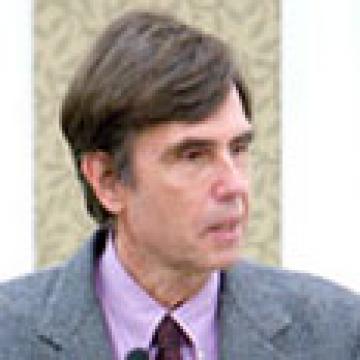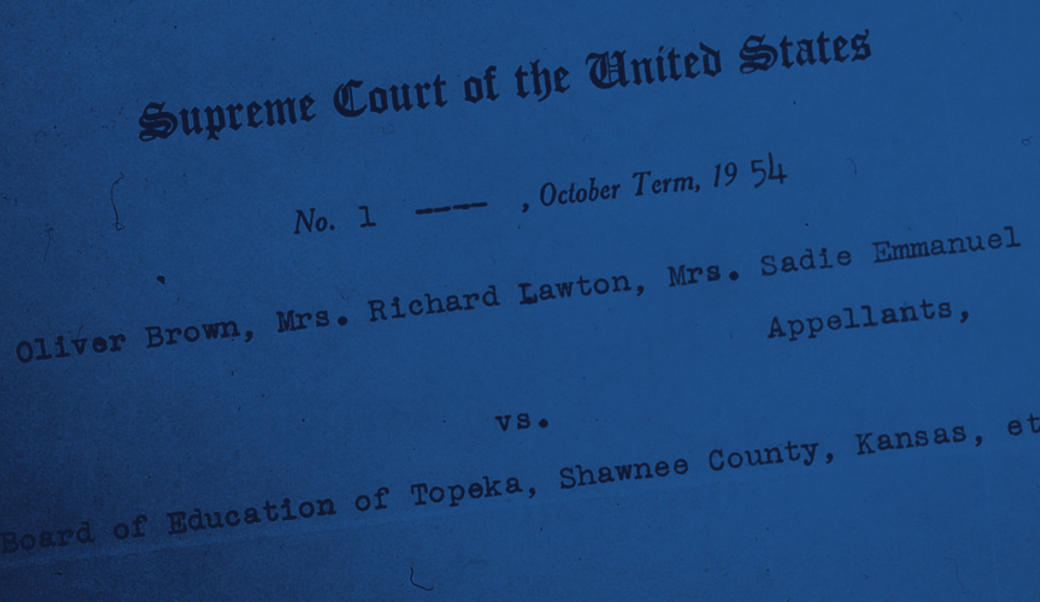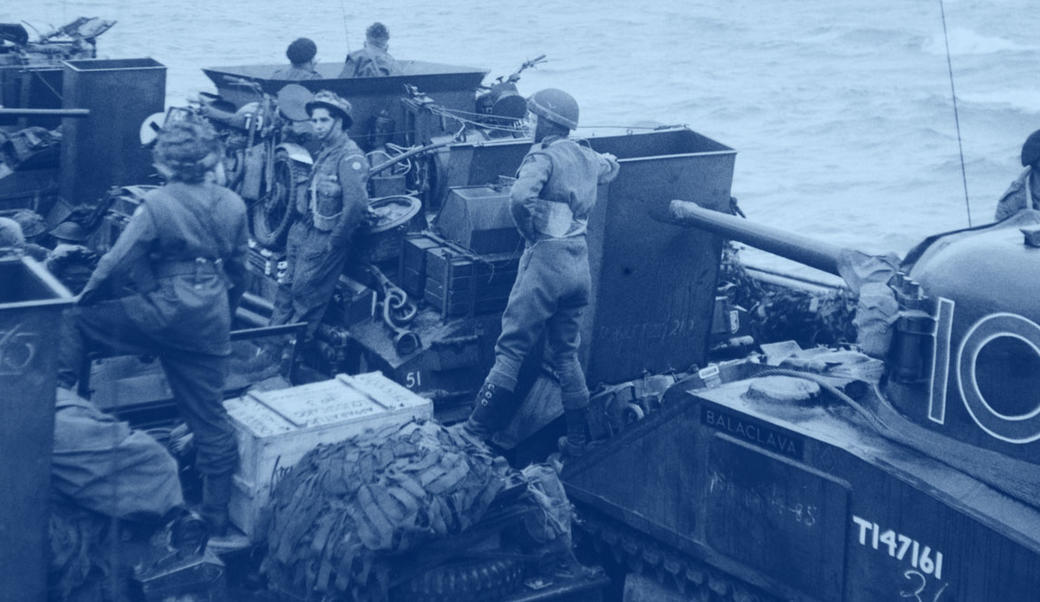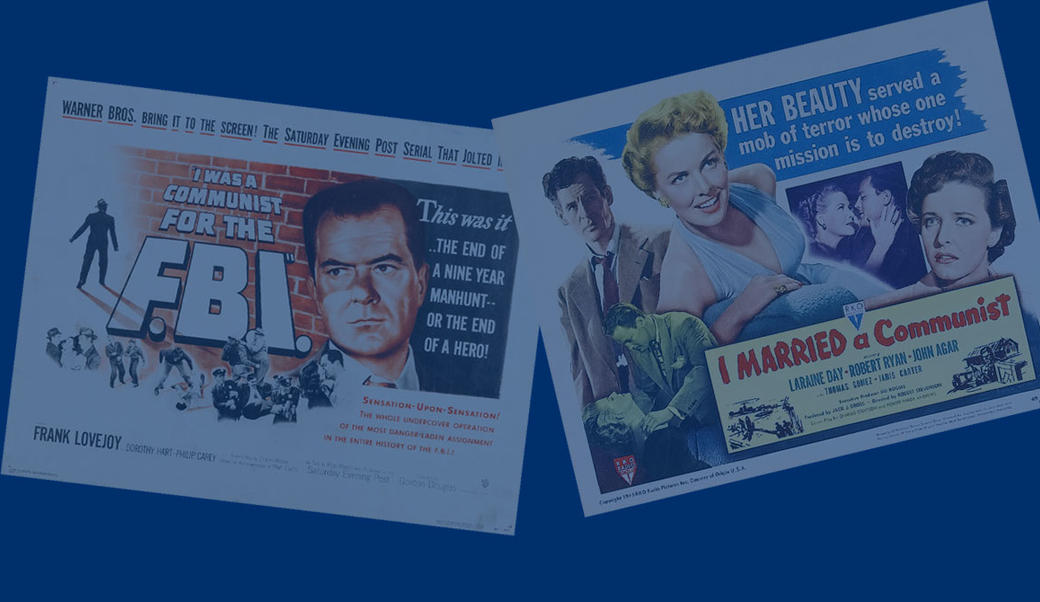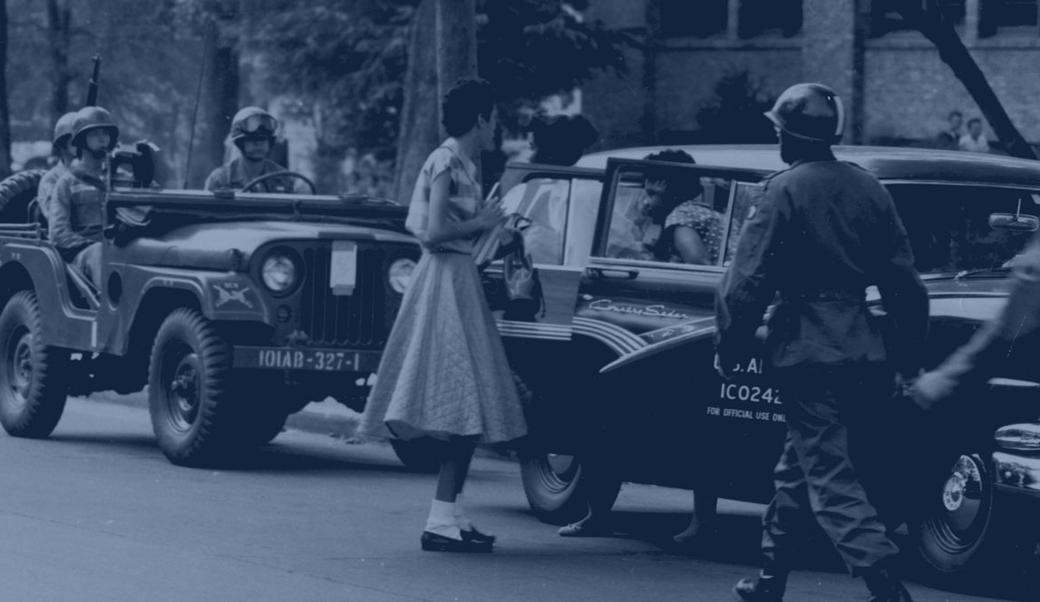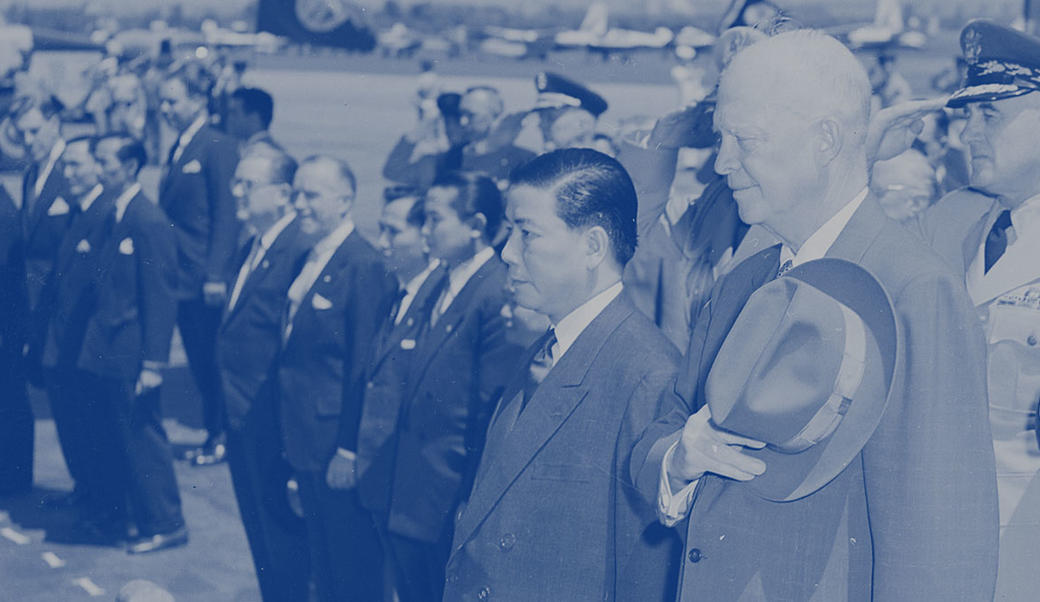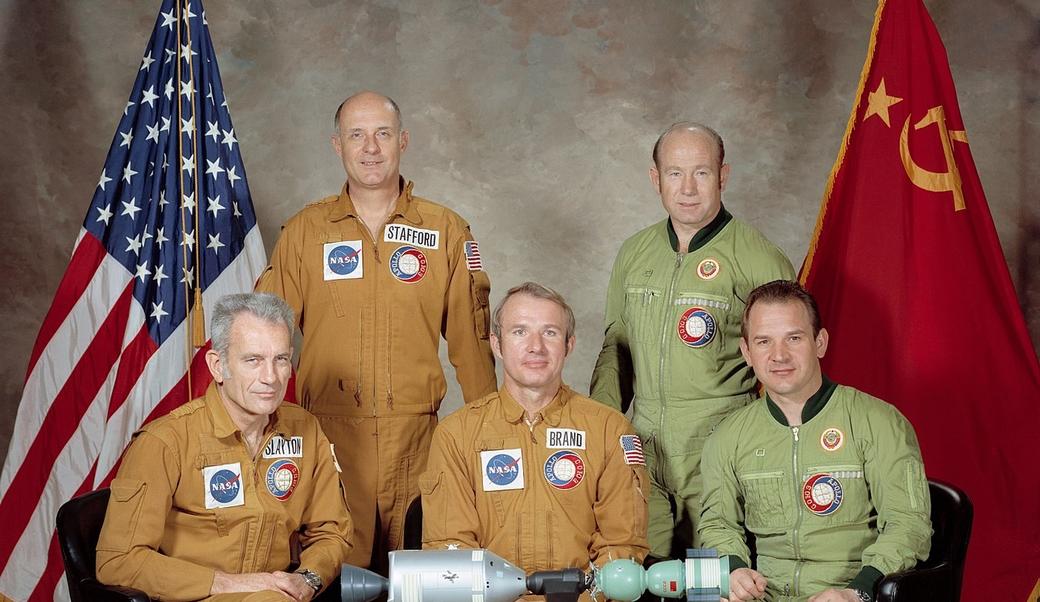Dwight D. Eisenhower: Life After the Presidency
Dwight D. Eisenhower retired to a farm on the edge of the Civil War battlefield in Gettysburg, Pennsylvania. He raised Angus cattle, painted, and spent more time than ever before with Mamie. He entertained members of "the gang" (See Family Life section) both at Gettysburg and in Indian Wells, California, where he and Mamie spent winters. The former President and his wife also traveled both for pleasure and to revisit the sites of past triumphs, as when they went to Normandy to film a documentary for the twentieth anniversary of D-Day. Although he was out of office, Eisenhower could hardly stay out of national affairs. He occasionally provided advice to President John F. Kennedy, and he consulted frequently with President Lyndon B. Johnson after LBJ committed combat troops to Vietnam. Eisenhower wrote two volumes of memoirs about his White House years as well as a chatty best-seller, At Ease: Stories I Tell to Friends.
Eisenhower suffered another heart attack in 1965, and his health deteriorated in 1968. He spent nine months in Walter Reed Army Hospital until his death on March 28, 1969. He went out like a general, commanding his troops and in complete control. He ordered the doctors and nurses attending him to lower the shades and pull him up to a sitting position in bed. Then holding Mamie's hand, Eisenhower looked at his son, John, and grandson, David, and softly issued his final order, "I want to go; God take me." With these words, he died.
Eisenhower was buried in Abilene, near the remains of his firstborn son, "Icky." He had lived long enough to see Richard Nixon elected President and his grandson's marriage to Julie Nixon. Americans—and people around the world—mourned his death at age 78 since they still liked, indeed loved, Ike.
